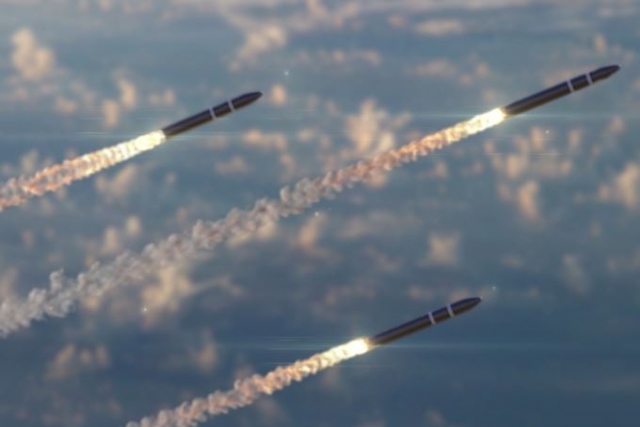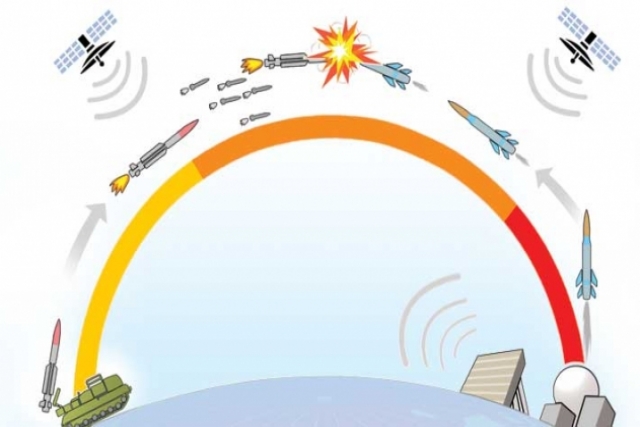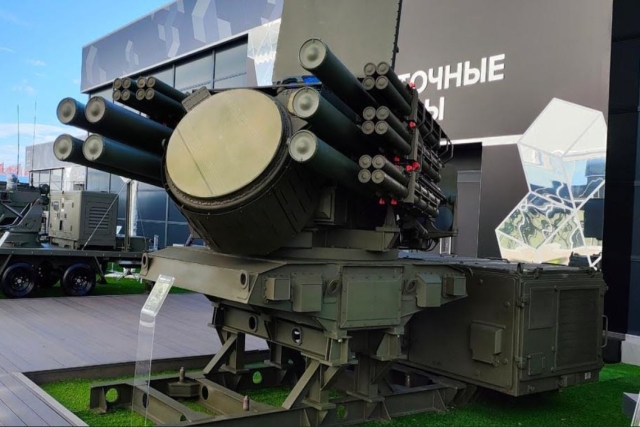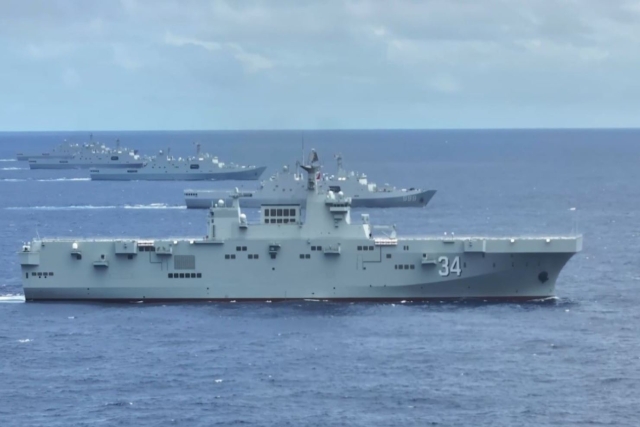Lockheed Tests Prototype Communications Radio Tech for Next Gen Interceptor

Lockheed Martin said it recently validated prototype communications radio technology for the Next Generation Interceptor (NGI) during a recent test milestone.
The NGI’s mission is to protect the U.S. homeland from increasing and evolving intercontinental ballistic missile threats. Critically, the interceptor and its components must be able to receive and share data from the ground and throughout the mission across vast distances, at tremendous speed through harsh environments.
Through early prototype testing at Lockheed Martin’s facility in Sunnyvale, California, the company demonstrated that the interceptor’s communications system can operate through harsh and adversarial environments it may encounter during flight. This communication technology is important because it provides in-flight situational awareness enabling elements of the interceptor to effectively respond to complex threats.
The NGI team incorporated rapid prototyping, in connection with Austin, Texas, small business X-Microwave, a Quantic Company, delivering hardware platforms for software-defined radio development in weeks, rather than months, allowing for faster design evolution.
The first Lockheed NGI is forecast for delivery in FY2027.
In March 2021, the Pentagon awarded Lockheed Martin and Northrop Grumman each $1.6 billion to create two NGI designs for the program’s initial phase. Northrop won $3.28 billion around a week ago to develop the future Ground-Based Midcourse Defense Weapon System (GWS) program for the Missile Defense Agency (MDA).
This contract includes the NGI design, assembly, trials, and fielding.
The NGI weapon system combines data gathered from radars, command and control systems, space sensors, and other available interceptors to improve protection against intercontinental ballistic missiles.
The interceptor uses approaches such as fire control, enemy vehicle engagement, interceptor boosts, and U.S. military ground-based weapon systems coordination.













